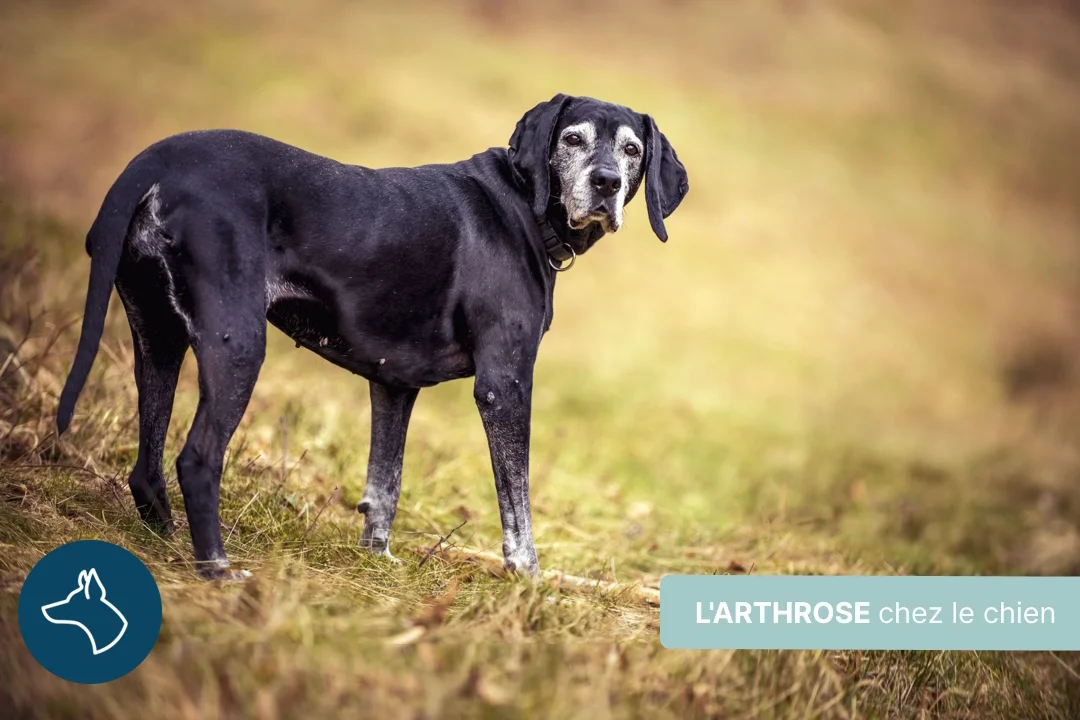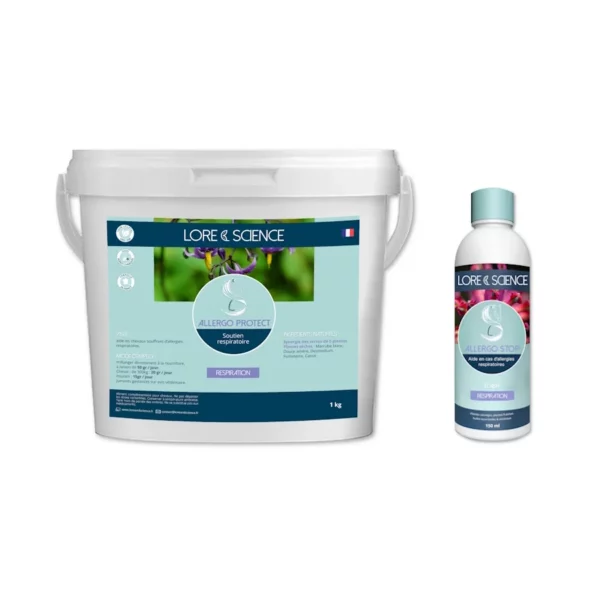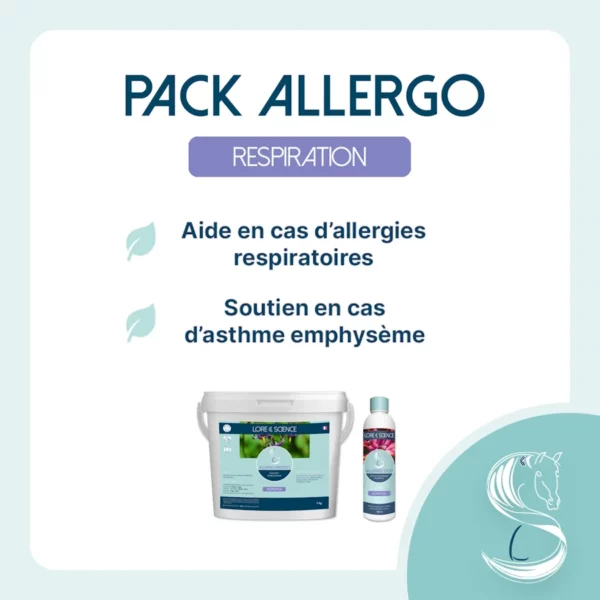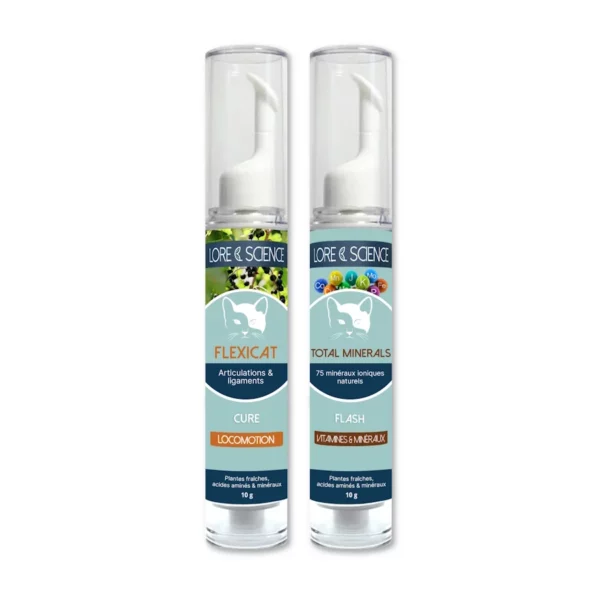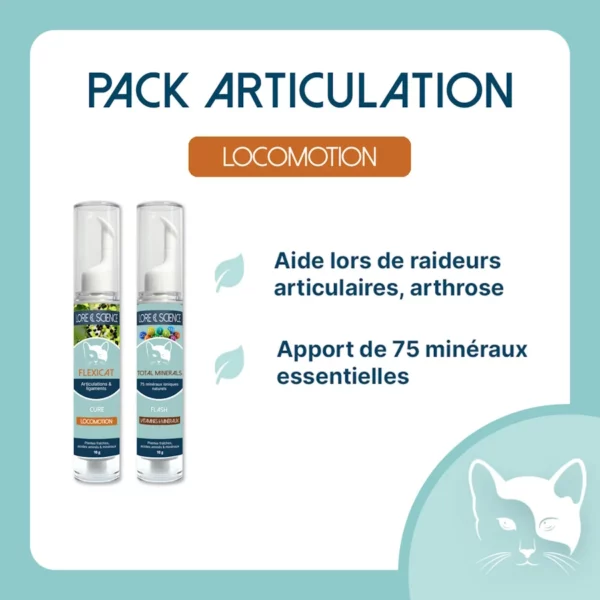Osteoarthritis is a very common pathology among our friends the dogs. It often affects older dogs but also puppies.
In order to relieve the dog's discomfort, owners most often opt for medicated treatments prescribed by a veterinarian. However, theuse of natural treatments such as phytotherapy can become a real alternative.
What is osteoarthritis in dogs?
Osteoarthritis affects about 25% of dogs. Just as in humans, osteoarthritis can become very disabling with age. A good management and an early detection allows to delay the harmful effects of this disease.
Osteoarthritis is characterized by a progressive and irreversible degeneration of the cartilage of one or more joints. This degeneration affects in particular the hips, elbows and other bony parts of the animal.
This results in locomotor disorders characterized by reduced joint mobility, inflammation and lameness.
It is often difficult to detect because it develops gradually and the dog adapts to the pain.
There are two categories of osteoarthritis:
- Primary or primitive osteoarthritis occurs with aging. It causes the permanent degradation of cartilage over the years and a decrease in the regeneration capacity of worn cartilage.
- Secondary osteoarthritis can occur in puppies as a result of abnormal force on the joint. This can be caused by excessive sports activity, for example, but also by malformations such as elbow or hip dysplasia.
The causes of osteoarthritis in dogs
Before talking about the possible causes of this disease, we can briefly mention the subject of symptoms. It is important to know that from one dog to another, the signs of osteoarthritis can vary considerably.
It can be detected on a hip x-ray with no other visible signs. But some dogs can also live with this condition for many years without any apparent symptoms.
Among the clinical signs that are most often found in dogs:
- Refuses to go for walks;
- Loss of appetite;
- Often tired and does not want to play anymore;
- Shows signs of pain when touched.
1 Aging of the dog
One of the primary causes of osteoarthritis in dogs is natural aging. This is the primary type of osteoarthritis affecting older dogs. It is due to theerosion of the cartilage generally affecting several joints at the same time.
2 Genetic abnormalities
Hereditary abnormalities such as hip or elbow dysplasia most often affect large dogs such as German Shepherds, Hovawarts and Bernese Mountain Dogs.
Breeders are working on these parameters in order to fight against their expansion.
3 Eating disorders
Throughout its growth, the puppy's owner must take care to monitor its diet. It must be adapted according to his age, weight andexercise.
If you are obese or overweight, this can accelerate the wear and tear on your joints and increase the risk of early osteoarthritis as a result of overloading the system.
4 Significant physical activity
Long-distance running, violent games and other stimuli, intense and repetitive physical activities promote the development of osteoarthritis in dogs.
This is why it is necessary to be vigilant as to the efforts that one asks to the animal. The evolution of the different activities must be progressive to protect its health.
What can be done to treat a dog with osteoarthritis?
1 Adopt food supplements
Certain vitamins and omega-3s are an alternative to conventional medications. Chondroprotectors, substances that protect the dog's cartilage, also have beneficial effects on mobility. Glucosamine and chondroitin, for example, can be found in certain supplements.
In particular, there are food supplements based on natural plants. The herbal product Perfect Move can significantly improve a dog's joint health.
Developed by the Lore & Science team, it is recommended forosteoarthritis,arthritis, joint stiffness, lameness and locomotor disorders.
Indeed, this food supplement contains active substances which offer a joint hydration and a long-term protection of ligaments and tendons. As soon as it is used, relief from joint discomfort is observed as well as an improvement in mobility.
It is added to the dog's food or to a treat, as desired. The dosage must be done according to the weight of the animal.
2 Opt for hydrotherapy
For a dog that has difficulty getting up and walking,hydrotherapy is a great way to relieve osteoarthritis and improve his overall physical condition.
For example, swimming on a treadmill in a pool for ease of movement or swimming in the sea. Indeed, this way, the weight on the joints is limited and swimming is also beneficial in case of overweight.
3 Use drug treatments
Medical treatments prescribed by the veterinarian can improve the animal's quality of life by relieving the pain of rheumatism. The treatments are very often based on analgesics and anti-inflammatories.
In the case of secondary osteoarthritis, surgery can also be a solution. It will correct the abnormalities to avoid any risk of locomotor sequelae.
4 Exercise in moderation
In order to delay the clinical symptoms of osteoarthritis in dogs, it is advisable to exercise them, but in moderation.
Contrary to what you might think, a dog suffering from osteoarthritis can exercise. It is even beneficial for him to delay the development of the disease.
The objective is to proceed progressively by proposing, for example, several short walks during the day rather than one long one. This will help to fight against ankylosis of the joints.
As soon as the stiffness begins to subside, activities can be increased in intensity. However, it is important to cool the dog down afterwards, especially with a quiet walk.
Activities such as throwing a ball, riding a bike and other violent games should be avoided.
Your dog has osteoarthritis, share your experience with us in the comments ↓





